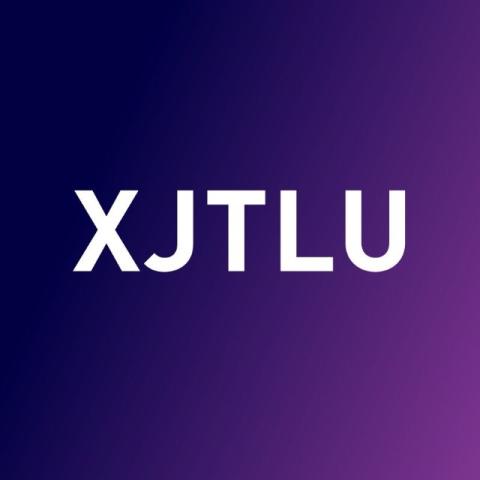
Ways to empower EAP students to give high-quality feedback
Helping English for academic purposes students provide better quality feedback to their peers can give them more autonomy and free up teachers’ time
Providing detailed individual feedback adds to the already heavy teacher workload on English for academic purposes courses, which has led to a rise in the reliance on peer feedback. As well as alleviating pressure on staff, it stimulates interaction between students and enhances autonomy.
However, giving feedback is cognitively demanding, and students might not have the confidence to criticise others’ work or know which aspects to focus on. The result is a tendency to provide vague comments such as “It looks good” or “Be more specific” or to simply point out spelling and grammar errors. To help students give higher-quality feedback, try the following strategies.
Anonymous feedback forms that require detailed responses
We need to refine our marking rubrics. If we offer binary options, students might be tempted to choose the easiest and least embarrassing one. So, instead of asking students to tick yes or no in response to whether they think their peers have fulfilled certain criteria, ask them to recall important information from the piece of work and write it down. For example, instead of asking students to tick yes or no about whether their peers use topic-related vocabulary and complex sentences, ask them to note down the topic-related vocabulary and conjunctions used.
Making feedback anonymous can allay fears about criticising peers’ work. On the other hand, though, not knowing who marked their work may prevent students from being able to discuss their feedback with their peers. A reasonable compromise is to assign each piece of work a number rather than the student’s name so that their peers do not know whose work they are grading, but they know who marked theirs and can consult them later.
Technology-based peer feedback
Using technology to give feedback can make it more student-centred and enhance students’ motivation, argue Norina Jabar and Afiza Mohamad Ali in their paper Cultural Video Project Assignment (VPA) through the Eyes of Young ESL Learners: A Multi-Modal Vocabulary Learning Approach. Below are some platforms to try.
Padlet: you can use this platform to engage learners in a variety of ways such as by enabling the comments button and choosing the appropriate reaction function. For example, during an in-class activity, you can ask students to share their personal experiences and feelings and allow them to use the “like” and “vote” functions or comment on them in a similar way to how users interact with content on WeChat Moments and Instagram.
If you ask students to give peer feedback on each others’ formative assessments, they can use the “star” and “grade” functions. Students can give their peers a number of stars or specific grades based on the benchmarks you give. In my experience, students prefer to be graded by peers than teachers, and they enjoy the process of marking each others’ work using an interactive platform.

PeerEval: on this platform, teachers can manually input rubrics for students to focus on. They then need to download the app and log in to their accounts using an access code given by the teacher. Based on the marking criteria, students can score each other on a scale of one to five and add comments. PeerEval can allow teachers to easily scaffold the peer evaluation process for students from beginning to end and view their progress throughout.
- Resource collection: English as a second language in higher education
- A new way of ensuring repeated EAP vocabulary exposure
- How to start a language-teaching podcast
Group work over pair work
If a student is in a pair with another student whose English proficiency level is low or who isn’t willing to provide constructive feedback, they will suffer. Putting groups of students with different levels of proficiency together will allow them to hear a range of feedback.
Ask each group to focus on one aspect of learning. For example, one group can focus on grammar accuracy and another group can look at sentence structure. This often leads to higher-quality feedback.
Encouraging students to give each other feedback can help them develop useful skills and enhance their own and each others’ learning. Scaffold the process by creating anonymous checklists, using appropriate digital platforms and encouraging group work.
Jingfei Zhang is associate language lecturer at Xi’an Jiaotong-Liverpool University.
If you would like advice and insight from academics and university staff delivered direct to your inbox each week, sign up for the Campus newsletter.


